Introduction: The Role of Smart Home Technology in Reducing Energy and Water Consumption
In recent years, the concept of smart homes has moved from the realm of science fiction to a reality that is increasingly common in modern households. With the rise of Internet of Things (IoT) devices, homes are becoming more connected, intelligent, and efficient. Among the most compelling advantages of smart home technology is its potential to save both energy and water—two crucial resources that are becoming more precious as global consumption rates rise, and environmental concerns increase.
As the world grapples with the challenges of climate change and resource depletion, reducing energy and water consumption is no longer just an individual choice; it has become a necessity for both environmental sustainability and financial savings. Smart home devices, designed to automate and optimize household systems, offer an effective solution to help homeowners achieve these goals. Through intuitive control, data-driven insights, and proactive management, smart homes can revolutionize the way we consume energy and water, contributing to both environmental preservation and significant cost savings.
In this article, we will explore the various ways in which smart homes help reduce energy and water consumption. From energy-saving devices like smart thermostats and efficient lighting systems to water-saving technologies such as smart irrigation and leak detection devices, the article will delve into the technology behind these systems, the benefits they offer, and the challenges that need to be addressed for widespread adoption.
Energy-Saving Devices: Smart Thermostats, Energy-Efficient Appliances, and Lighting Systems
Energy consumption is one of the largest contributors to household expenses, making it a prime area for optimization in smart homes. Energy-saving devices are some of the most effective tools available to reduce both electricity usage and overall energy costs.
- Smart Thermostats: One of the most popular and effective smart home technologies for energy conservation is the smart thermostat. Traditional thermostats rely on manual adjustments, which can lead to inefficient heating and cooling practices. Smart thermostats, on the other hand, use sensors, algorithms, and machine learning to adjust temperatures based on the homeowner’s habits, the time of day, and external factors such as weather. This level of automation ensures that heating and cooling are only used when necessary, preventing energy waste. Smart thermostats like the Nest Learning Thermostat and Ecobee SmartThermostat can result in significant energy savings by reducing heating and cooling costs by up to 20%.
Additionally, these thermostats can be controlled remotely via smartphone apps, allowing homeowners to adjust the temperature from anywhere, further optimizing energy use. Furthermore, integration with other smart home devices, such as motion sensors and smart lighting, can create an even more energy-efficient system where rooms are heated or cooled only when occupied.
- Energy-Efficient Appliances: In a smart home, appliances are designed to use less energy without sacrificing performance. Modern smart appliances, such as refrigerators, washing machines, dishwashers, and dryers, come with energy-efficient features that help reduce electricity consumption. Many of these devices can be connected to the internet, providing users with real-time data on their energy usage and giving them the ability to control appliance settings remotely.
For example, smart washing machines can optimize water and energy usage based on the load size and fabric type, while smart refrigerators can adjust cooling levels depending on usage patterns. Smart dishwashers can also schedule cleaning cycles during off-peak hours when electricity rates are lower. This can lead to lower energy consumption while maintaining the same level of convenience and functionality.
- Lighting Systems: Lighting is another area where smart home technology can make a noticeable difference in energy usage. Smart lighting systems, such as Philips Hue or LIFX, allow homeowners to control lighting remotely and automate lighting schedules. By using motion sensors, smart lighting systems can turn lights on and off when rooms are occupied, ensuring that energy is not wasted in unoccupied spaces. Additionally, smart bulbs can be dimmed to the desired level of brightness, reducing energy use without sacrificing functionality.
With the integration of voice-activated assistants like Amazon Alexa, Google Assistant, or Apple HomeKit, smart lighting can be controlled by simple voice commands, further enhancing convenience and energy savings. Some systems also feature color-changing bulbs that allow users to set different lighting moods based on the time of day or activity, further contributing to energy savings by reducing the need for excessive lighting.
Water Efficiency: Smart Irrigation Systems, Water-Saving Showerheads, and Leak Detection Devices
Water conservation is just as important as energy conservation, especially in areas facing droughts or water scarcity. Smart home technology offers a range of devices designed to reduce water consumption without compromising comfort or functionality.
- Smart Irrigation Systems: One of the most impactful ways that smart home technology can conserve water is through the use of smart irrigation systems. Traditional irrigation systems tend to waste water by running regardless of weather conditions or the actual moisture needs of plants. Smart irrigation systems, such as Rachio or RainMachine, use weather data, soil moisture sensors, and plant type information to optimize watering schedules.
These systems automatically adjust watering times and frequencies based on real-time environmental conditions, ensuring that lawns and gardens receive just the right amount of water without over-watering. This not only helps homeowners save water but also contributes to maintaining healthy plants by providing them with a customized irrigation schedule. Additionally, smart irrigation systems can be controlled remotely via smartphone apps, giving homeowners the flexibility to manage their watering schedules even when they are away from home.
- Water-Saving Showerheads and Faucets: Water-efficient showerheads and faucets are another smart home solution designed to reduce water consumption. These devices are designed to deliver the same water pressure as traditional fixtures but use significantly less water, typically through the use of aerators or pressure regulation technology. Many smart showerheads, such as those from brands like Moen and Kohler, can be adjusted via smartphone apps to control water temperature, flow rate, and even usage time.
By monitoring and adjusting water usage, smart showerheads can reduce water waste while also helping homeowners save money on their water bills. For instance, some smart shower systems will alert users when they have reached their target water usage, promoting water-conscious habits. Similarly, smart faucets with touchless operation can help eliminate water waste by only running water when needed.
- Leak Detection Devices: Leaky pipes or faucets can result in a significant amount of wasted water over time. Leak detection devices, such as the Flo by Moen or the Honeywell Lyric Water Leak and Freeze Detector, can help identify and alert homeowners to water leaks before they cause serious damage. These devices are typically installed in areas where leaks are most likely to occur, such as under sinks, near water heaters, or around toilets.
When a leak is detected, the device sends an alert to the homeowner’s smartphone, allowing them to take immediate action. Some advanced systems can even automatically shut off the water supply to prevent further damage. This proactive approach not only helps save water but also prevents expensive water damage repairs.
Benefits: Lower Utility Bills, Environmental Impact Reduction, and Convenience
The implementation of smart home technology can lead to several benefits, both for homeowners and the environment.
- Lower Utility Bills: One of the most immediate and tangible benefits of adopting smart home technology is the reduction in utility bills. By optimizing energy and water usage through intelligent devices, homeowners can reduce their overall consumption, leading to significant savings on their monthly utility bills. According to studies, households with smart thermostats alone can save up to 15% on heating and cooling costs. Similarly, smart irrigation systems and water-saving devices can reduce water bills, especially in areas with high water rates or where drought conditions are common.
- Environmental Impact Reduction: The environmental benefits of smart homes are equally important. By reducing energy and water consumption, smart homes contribute to a lower carbon footprint and reduced strain on natural resources. With energy-efficient appliances and renewable energy integration, smart homes can help reduce reliance on fossil fuels and decrease greenhouse gas emissions. Similarly, water-saving technologies help preserve freshwater resources, making smart homes an integral part of sustainable living.
- Convenience: Beyond financial and environmental benefits, smart homes offer unparalleled convenience. Through automation and remote control, homeowners can easily manage energy and water usage from anywhere. Smart devices, such as thermostats, irrigation systems, and appliances, can be programmed to follow the user’s routine, making everyday tasks more efficient. The integration of voice assistants and mobile apps further simplifies control, offering homeowners a seamless and intuitive experience.
Challenges: High Initial Investment, Compatibility Between Devices, and Ensuring Effective Energy Management
While the advantages of smart homes are clear, there are several challenges that must be addressed for widespread adoption.
- High Initial Investment: One of the most significant barriers to adopting smart home technology is the high initial investment. The cost of purchasing and installing smart devices can be prohibitive for many homeowners, especially when considering the need for multiple devices to create a fully integrated system. However, as technology advances and the market grows, prices are expected to come down, making smart homes more accessible to a broader audience.
- Compatibility Between Devices: Another challenge is the compatibility between different smart devices. Many smart home systems are developed by different manufacturers, leading to potential issues with integration and communication between devices. To address this, several companies have developed platforms and standards (such as Google Home, Amazon Alexa, and Apple HomeKit) that aim to streamline device compatibility and allow for seamless integration. However, there is still work to be done to ensure that all smart devices can work together efficiently.
- Ensuring Effective Energy Management: For a smart home to be truly effective in reducing energy consumption, homeowners must actively monitor and optimize their usage. While many devices can automatically adjust energy and water consumption, homeowners must still set schedules, ensure devices are properly configured, and stay informed about their energy usage. Education and awareness will play a critical role in ensuring that smart homes achieve their full potential for savings.
Conclusion: Smart Homes Offer Significant Savings in Energy and Water Use but Require Ongoing Commitment to Technology Integration and Optimization
In conclusion, smart homes offer immense potential for reducing energy and water consumption, contributing to both financial savings and environmental sustainability. From smart thermostats and energy-efficient appliances to water-saving technologies and automated systems, smart home devices are designed to optimize household operations and reduce waste. However, to fully reap the benefits of smart homes, homeowners must make a commitment to integrating technology, overcoming challenges related to cost and compatibility, and continuously optimizing their systems.
As technology continues to evolve and costs decrease, the adoption of smart homes is likely to grow, paving the way for a more sustainable future. By embracing these innovations, individuals can play a crucial role in conserving resources, reducing utility bills, and contributing to a greener planet.















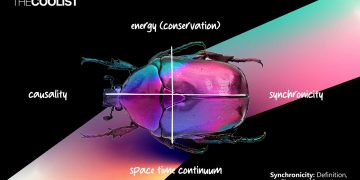

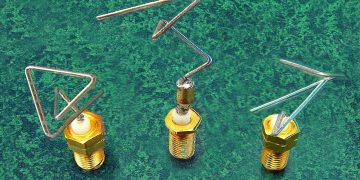







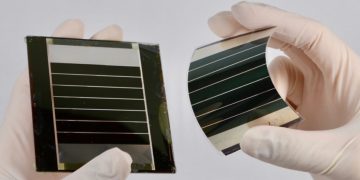
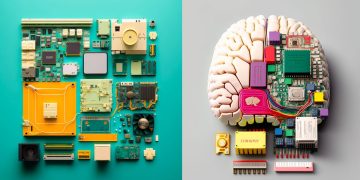
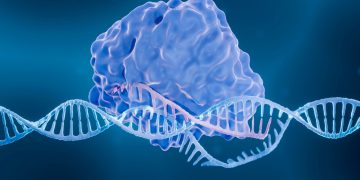

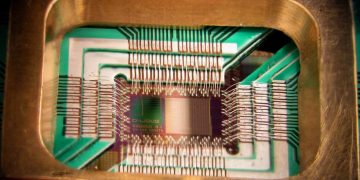



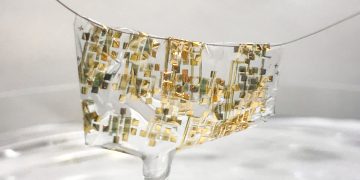
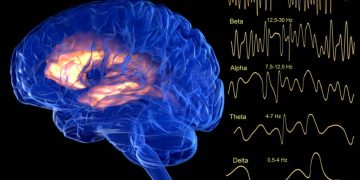
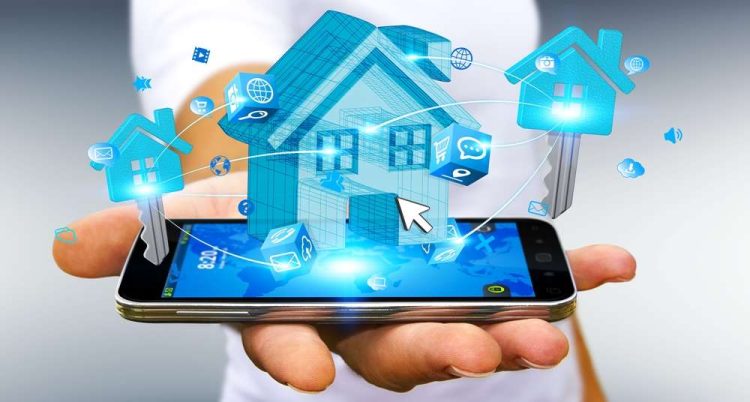












Discussion about this post